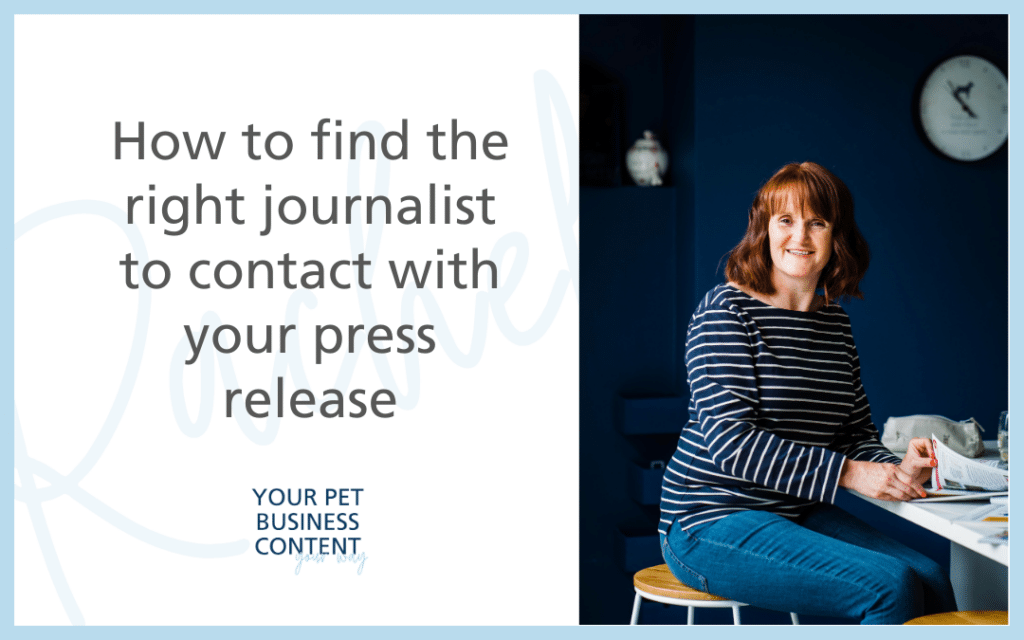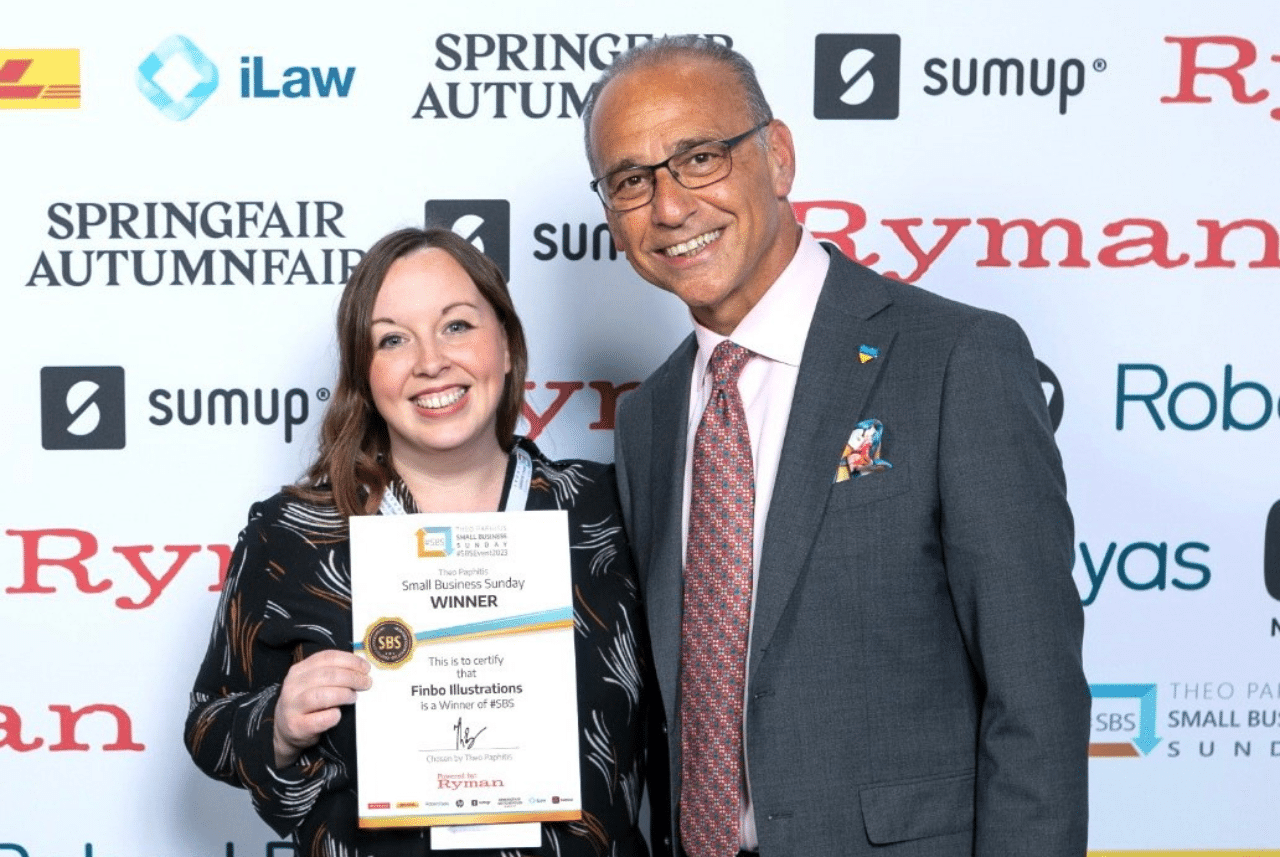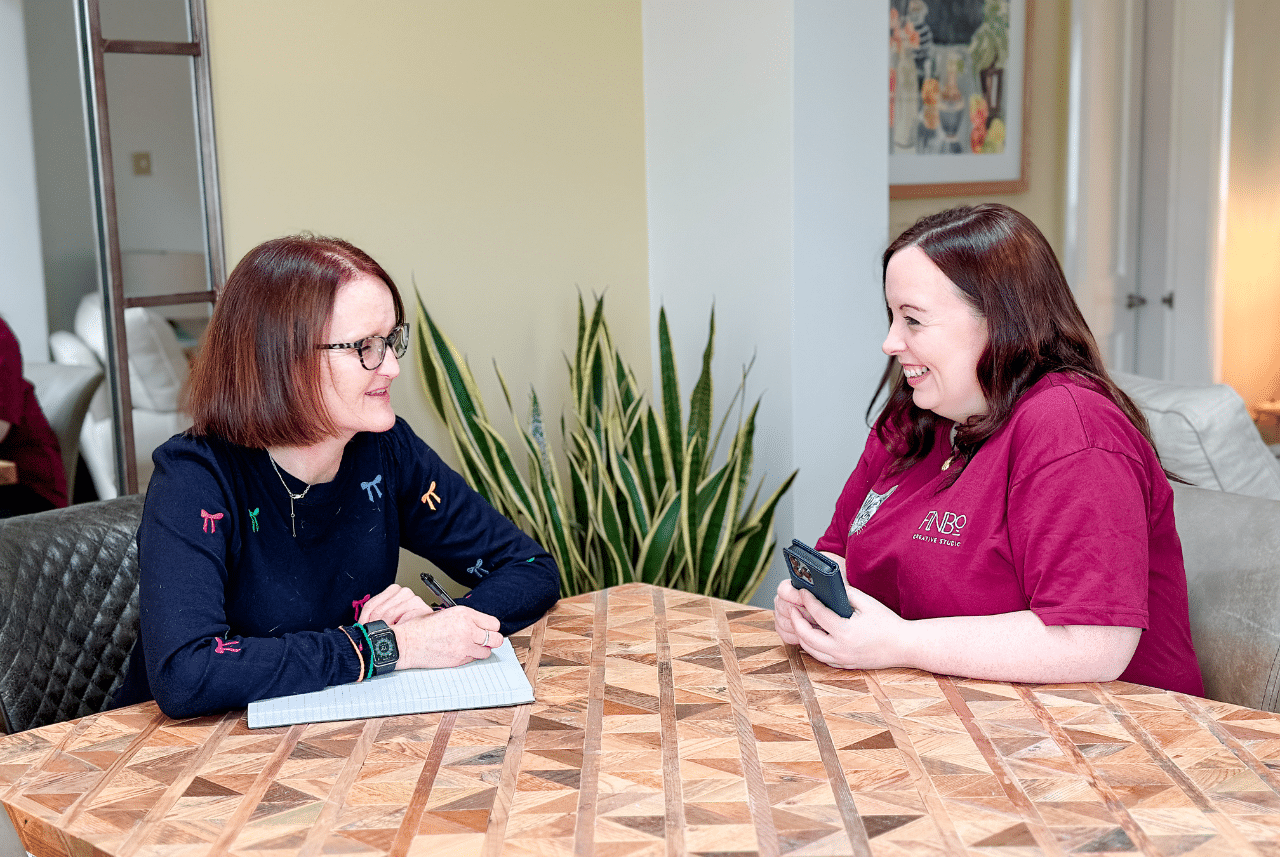One of the things I hear over and over is how daunting it can be to approach journalists to write about your pet business.
We are all scared of rejection – even having worked in the media since 1999, I still am.
The thought of being ignored or worst still, being told your idea is rubbish or not of interest, is not a pleasant one.
But there are ways to ensure you have a greater chance of success or ‘a hit’ when you do contact a journalist.
You can listen to my tips on my podcast below – Five ways to find the right journalist to contact with your pet business story.
First, you need to make sure your story is of interest and isn’t boring and presented in the right way.
Learn more here: How to write a press release for your pet business
Here are five different ways to find the right journalist to send your idea to.
The journalist that covers your ‘patch’ or district
If you’re approaching a local or regional newspaper, always read the publication thoroughly first.
You may find it’s divided into sections or ‘patches’ or ‘districts’ and a different reporter will cover each one.
They will have a page to fill each week with news that is of interest to people in that particular geographical area.
When I worked at the Warrington Guardian for example, my ‘district’ was Lymm, Grappenhall and Thelwall.
People living in those areas had very different concerns to people living in other parts of the town, and wanted to be able to quickly find news about their community.
So if your village or area falls into a ‘district’ that is covered in the paper, pitch to the reporter who covers that part.
The journalist that covers a specialist area
Are you pitching a news story or a feature? Again, if you’re pitching to a local or regional paper, you will see that it is divided into different sections.
Is there a writer who covers health? You could pitch to them if your dog helped you recover from an illness.
Is there a business section? Pitch to this reporter if you have a new business or if you have won an award.
Maybe there’s transport reporter. You may spend the summer in Greece as volunteer helping a rescue transport pets to their new homes. This could be a story for them.
The journalist with an interest in your business
If you’re stuck, why not have a look through the paper or online and see which reporter has covered pet stories before.
When I worked on my local paper, one of my colleagues Sarah Harker covered news from the local animal shelters.
So if you had a heartwarming story about a pet you would know she would be receptive to hearing about it.
I’ve worked for lots of different papers and there are people out there who can’t stand animals – weird I know.
Finding someone who is already passionate about pets vastly increases your chance of getting in the paper.
The journalist who is crying out for ideas
A few years ago I was on a Facebook group for journalists and a girl, Lucy, posted looking for stories. She had just started out as an editorial assistant on a national.
When you pitch to the nationals it can be tough. Journalists work hard and can be frazzled, snappy and often cynical, especially after years in the job.
Lucy, meanwhile, was a dream. Enthusiastic and easy to work with, she saw the value in nurturing contacts and I used to love meeting up with her in London.
She worked her way up the features desk and was always a total joy to deal with. Now she works in PR and we still try to help each other out.
So if you go on your local paper’s social media account and see someone crying out for stories, help them out. They might turn into a gem like Lucy.
The journalist you’ve already built a relationship with
Once you have had your first story in the paper or online it’s really important to maintain a good relationship with the journalist moving forward.
Be helpful, and say thank you. I can’t stress this enough. Let them know if there is anything you can help them with in future to get in touch.
My client Dominic Hodgson has done this brilliantly this year across radio, online and print.
With each story we have ensured the journalist has had everything they might need, so copy they can use easily, relevant photos and case studies.
We have had three key stories to put out and each one has done really well because Dominic has worked hard to build relationships.
The first time I worked with him, he sent me a copy of his book and a chocolate bar. When I spoke at his Impact event he sent a Thank You card and a posh Easter egg.
Now he regularly gets calls and e mails from journalists asking for him to help them out with stories and it’s thanks to him nurturing those relationships.
Conclusion
It’s easy to spend hours, days even, toiling over a press release and then just chucking it over to the editor@ or news@ e mail because you’ve run out of steam.
If you do this then the chances of it even being seen, never mind published are pretty slim.
But if you get it in front of the right person not only is it likely to appear but you know what to do moving forward.
You’re saving yourself time and hassle and boosting your chance of success.
If you follow the tips, do let me know.
Want to work on this?
It’s the place to be if you want to get your pet business noticed and be around like minded pet professionals.
Learn more and join for just £30 a month here: Is my Pets Get Visible membership right for you?
If you found the tips here useful you may like to read the following:
Dos and Don’ts when dealing with journalists
How press coverage can help your pet business
How to write a press release for your pet business





